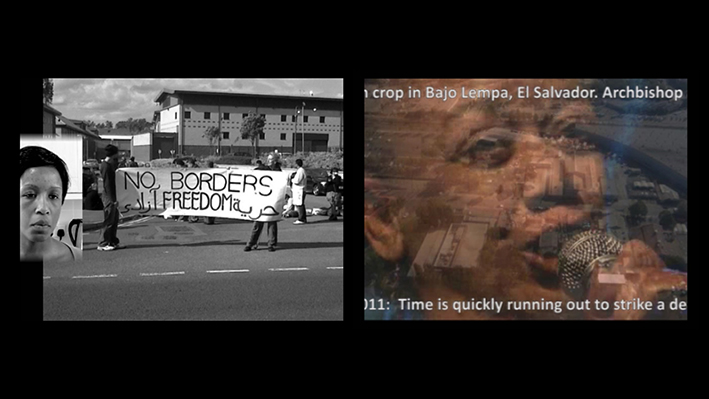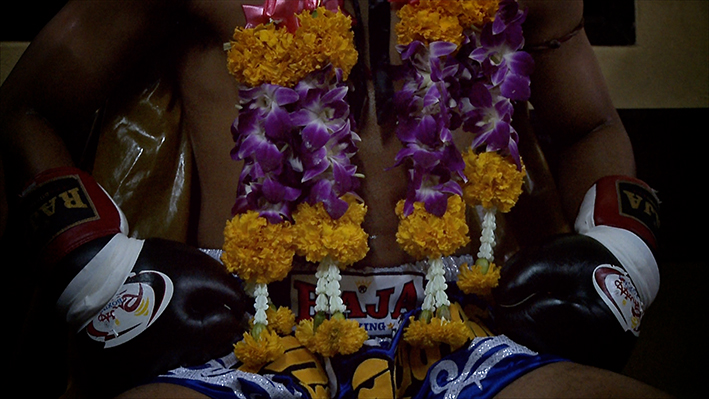Passivity from Passivius explores the social issue of migration and mobility within, and out of Africa.
Jude Anogwih is a multimedia artist living and working in Lagos, Nigeria. Anogwih was a Goethe Fellow at the Documenta (13), Germany, and is a founding member and coordinator, Video Art Network in Lagos, Nigeria.
















